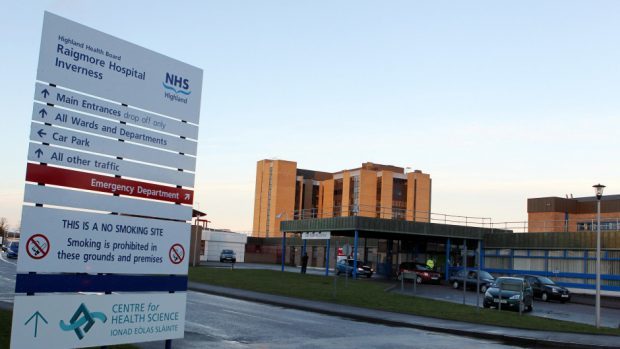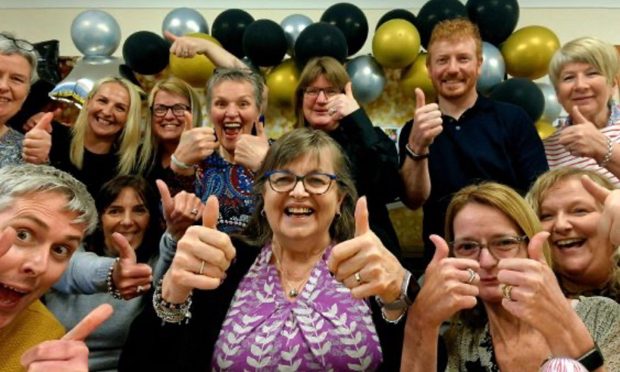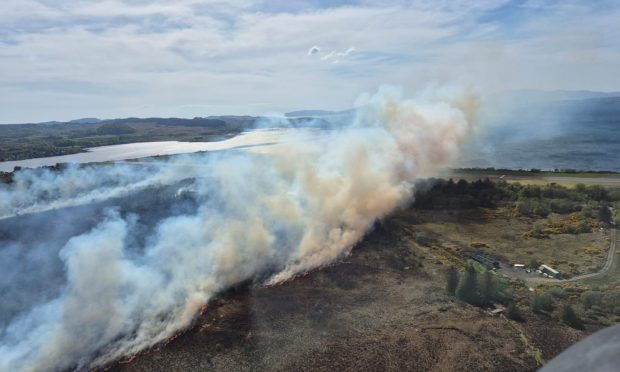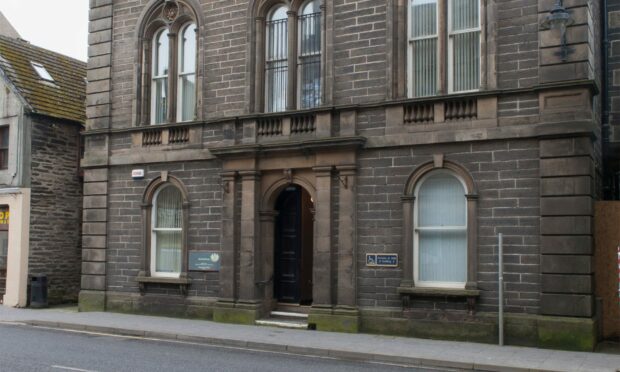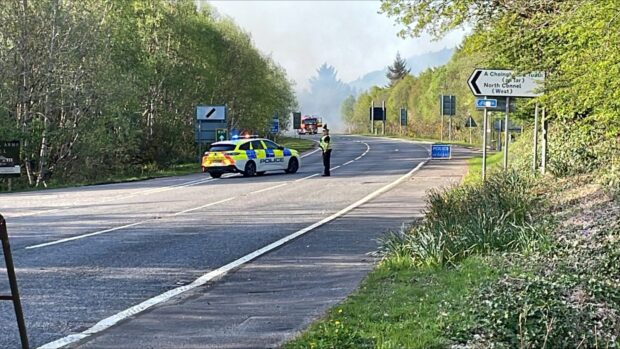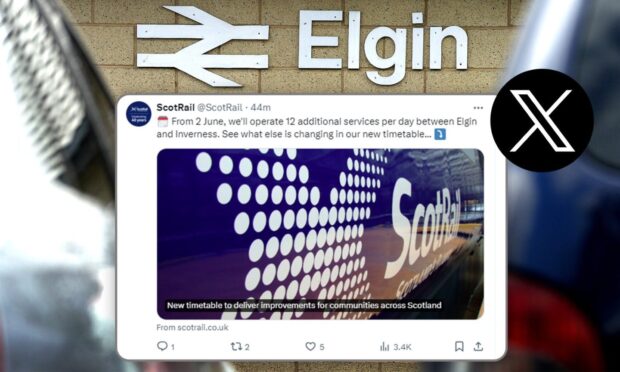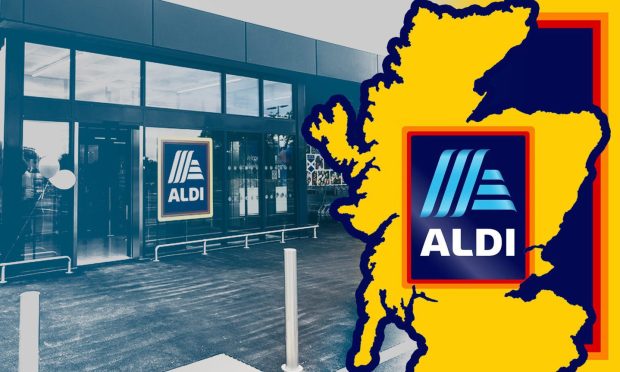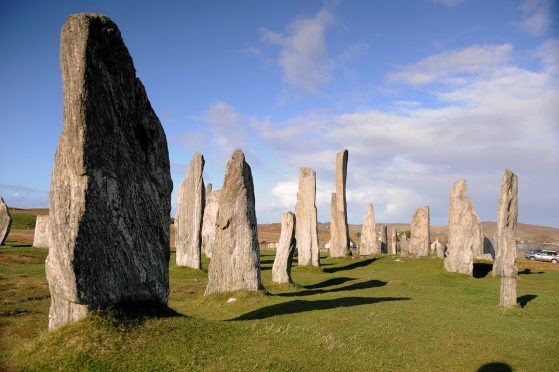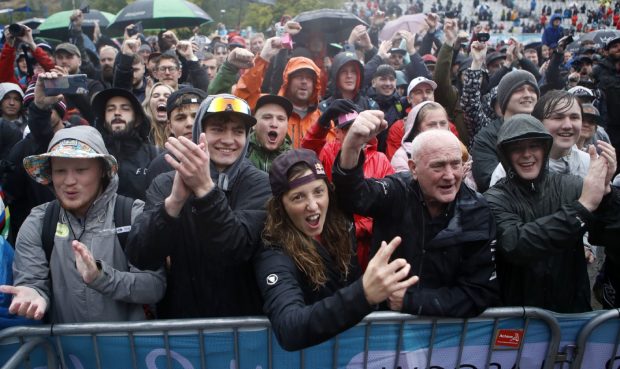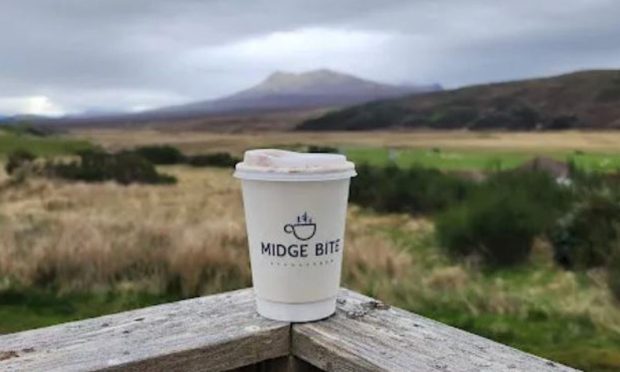A north politician has voiced her concerns over the state of transport links for people in rural Sutherland attending hospital appointments.
Highlands and Islands MSP Rhoda Grant has written to Health Secretary Shona Robison and the Scottish Ambulance Service (SAS) highlighting recent cases in the North and West of the county.
She wrote to SAS in March after receiving a complaint that a woman in her 80s had spent £100 on a taxi to a hospital appointment as she had no car and there was no public transport.
And following a meeting on May 9 between Assynt Community Council and SAS representatives, it emerged that a woman who was in crutches after knee replacement surgery said she was told she could get a car or bus by herself, despite there being no bus service near her home.
Another recent report claimed an 80-year-old man was discharged from hospital in the early evening after a fall on ice and had missed patient transport home. He tried to hitch hike home but was persuaded to wait for a friend.
Mrs Grant said “The strong message was that local needs were not being met by the present system and that criteria used for allocating patient transport for the whole of Scotland did not suit elderly and vulnerable patients in remote, rural areas.
“It appears that system is not working for those who really need it most and I fear the situation will get worse unless there is a rethink about the service. It may be that more investment is needed to cope with the demands of rural patients.”
Another complaint was that the Kinlochbervie SAS vehicle only had two seats allocated for “geographical needs”, although it covered from Kinlochbervie down to Ullapool and further south.
Further anxiety was caused to some patients because transport bookings were not confirmed until the night before appointments.
A Scottish Ambulance Service spokesman said: “The Patient Transport Service provides transport to and from planned hospital appointments for people who have a medical or mobility need for transport, undertaking over 62,000 patient journeys a year in the Highlands.
“We recognise that lack of appropriate public transport can prove challenging in some areas and have met with community representatives to discuss their needs and concerns. We will include them, along with a number of agencies, in a new working group that will examine alternative solutions to improve their transport options.”
